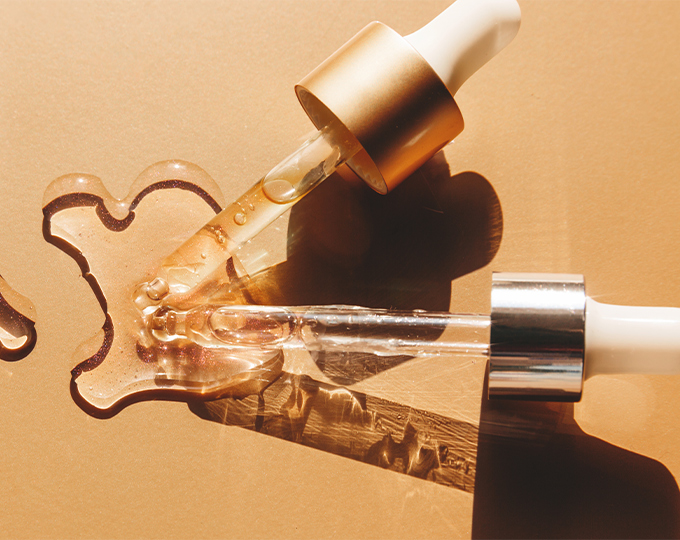It’s not you hyaluronic acid, it’s me.
As much as hyaluronic acid (HA) has been touted as a kind of hope-in-a-jar, skincare superstar (which it is), using the powerful humectant wrongly can render it not only ineffective but may result in adverse effects like dry, irritated skin. Given that HA is a naturally-occurring substance found in our skin, it’s unlikely that the substance is the bane of our skincare woes. Most of the time, it’s on us—boiling down to how or when we’re using the formulation.
So…do we use it in the morning or evening—or both? As the first or last step in our skincare? How much is too much?
Important questions indeed and answer them we shall—lest another precious (and perhaps expensive) droplet of this magical skincare potion gets squandered away. Here, we round up four common mistakes you might unknowingly be making when using your HA treatments. But before that, for the new kid on the block, let me briefly introduce you to Ms. Popular—hyaluronic acid.
What is hyaluronic acid and why the hype?
Hyaluronic acid, often listed as sodium hyaluronate or hydrolysed hyaluronic acid, is a naturally-occurring substance with humectant properties that retains up to 1,000 times its weight in water—by helping to bind water to collagen, in turn keeping your skin supple, elastic and youthful-looking. While we already have natural levels of hyaluronic acid in our skin, it slowly depletes as we age. With lower levels of HA, our skin’s ability to retain water is reduced, thus resulting in wrinkles, fine lines and loss of pliability. As one of the most potent humectants available, it’s often been touted as an anti-ageing skincare star, helping to turn back the clock, visibly, at least.
Mistake 1. Applying HA on dry skin

The most important thing to remember is to apply it on moist skin. As a moisture magnet, applying HA on dry skin pulls moisture from the deeper layers of the skin to hydrate the surface, leaving your skin more dehydrated than before. Thus, it’s recommended to mist your face before and after applying hyaluronic acid.
Mistake 2. Applying HA as the last skincare step
While this isn’t necessarily wrong, applying your HA serum at the end of your skincare routine can shortchange the efficacy of your other skincare products. By prepping your skin with HA, it acts as a moisture vacuum or magnet by drawing the active ingredients from other products deep into the layers of the skin. If you’d like, you can save your hyaluronic acid serum for your nighttime skincare, and instead, opt for a vitamin C serum—a skincare warrier against harmful molecules (free radicals) which can lead to premature ageing.
Leave HA for your nighttime skincare routine and let the intense hydrator do all the heavy lifting for the night while you catch up on your beauty sleep. Don’t forget to turbo-charge the potency of your products with a moisturiser or oil, and look forward to hydrated, good-skin days.
Mistake 3. Wrong Molecular Size
Yes, size matters. Molecular size, that is. There has been much confusion surrounding which is the better of the two—a low molecular weight or a high molecular weight hyaluronic acid. While both are featured in products, a low-molecular weight hyaluronic acid is typically more expensive than the latter—often touted to be far superior because of its ability to better penetrate the cellular layers of the skin, thus keeping the deep skin layers hydrated. While that’s good news, a recent study has shown that the process of breaking down hyaluronic acid into lower molecular weight molecules stimulates a pro-inflammatory response. In contrast, in its natural form, a high molecular weight molecule stimulates an anti-inflammatory response.
So, which should you be buying? That depends on how sensitive your skin is, and if you notice your epidermis reacting angrily to your HA product, that’s a sign you should swap out the (expensive) low molecular weight HA for a (cheaper) high molecular weight HA—another reminder that expensive isn’t necessarily the best.
Mistake 4. How much is too much?
While most topical concentrations range from 0.2 to 2.5 percent, most dermatologists recommend products with 1 percent HA, as higher levels may be too harsh on the skin. To play it safe, it’s always a good idea to consult your dermatologist on the appropriate concentration you should be reaching for.
For more stories like this, subscribe to Vogue Singapore.





